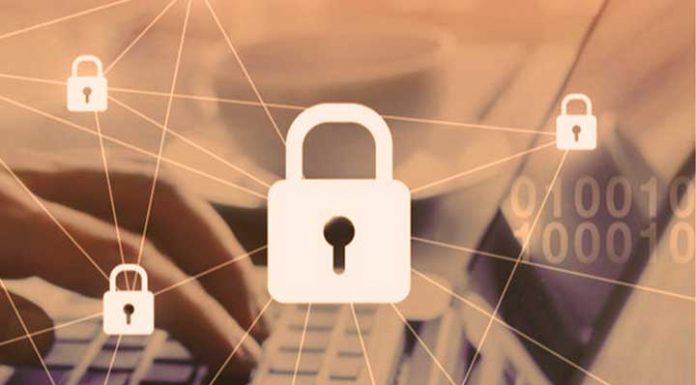The cybersecurity landscape is constantly changing, but the ever-increasing number of insider threats has been over.
During the European Cyber Security Month (ECSM), which focuses on cyber hygiene and new technologies, Sascha Giese, Head Geek at SolarWinds, presents three ways IT professionals can defend themselves against unintentional guest contribution Insider threats can intensify.
Insider Threats: Better Access Control For Contractors
External contractors are often given extensive administrator rights and access to the company’s IT environment. These accesses are not always closed after a project has been completed. However, as integral as contractors are to the success of many companies, they are often not treated as strictly as employees, even if they have equal access to information. This makes them a primary target for hackers. It is the company’s responsibility to monitor the security-related aspects of contractors better. They, in turn, must have a solid understanding of the organization’s security policies and be bound by the same standards of accountability.
Likewise, managers must ensure that access rights and privileges are only granted to contractors who need them. Automating this process can help assign user authentication and permissions and ensure that only the right people access the correct data. And, of course, companies have to revoke these access rights as soon as the contractor finishes the work.
Insider Threats: Conduct Security Training
From management to the lowest level, all employees in a company need to understand how to distinguish a phishing email from a legitimate message and must always be on the lookout for potential threats because security shouldn’t just be the responsibility of the IT team. Organizations should hold regular, brief training sessions to keep all users informed of the latest threats, updated security protocols, or government security regulations.
Use Of Powerful Security Tools
In the event of a cyberattack, a technology safety net can significantly benefit a company. In addition to implementing essential access control and network management solutions, automated user activity monitoring can quickly alert managers to suspicious activity. IT managers can also use systems that provide updated cyber threat intelligence to help them identify new threats. This allows them to stay informed of the latest malware, viruses, and other malicious activity that employees could inadvertently expose themselves to.
To ward off internal and external threats successfully, technical experts in companies should be equipped with the best possible technology. The most recent cybersecurity survey finding that the most significant risk for companies is internal underlines the need to address the human aspect of IT security, educate users about which mistakes are to be avoided continuously, and an environment of learning and training.
These accesses are not always closed after a project has been completed. However, as integral as contractors are to the success of many companies, they are often not treated as strictly as employees, even if they have equal access to information. This makes them a primary target for hackers. It is the company’s responsibility to monitor the security-related aspects of contractors better. In addition to implementing essential access control and network management solutions, automated user activity monitoring can quickly alert managers to suspicious activity. Organizations should hold regular, brief training sessions to keep all users informed of the latest threats, updated security protocols, or government security regulations.

